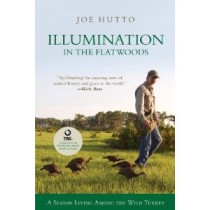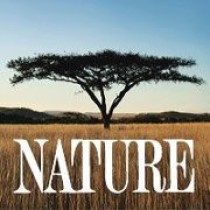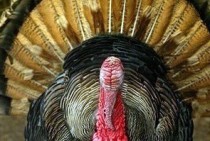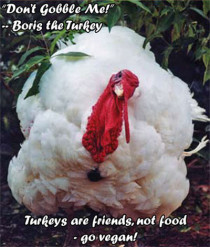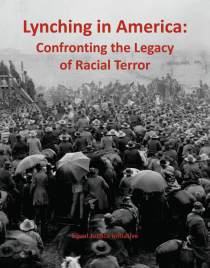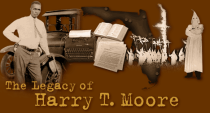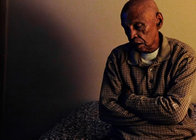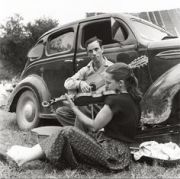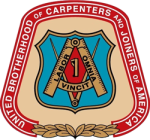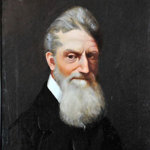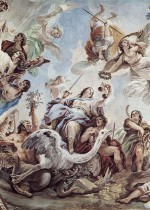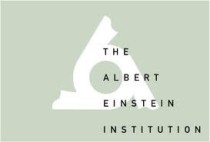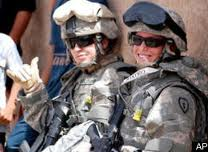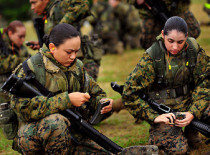My Life as a Turkey - Illumination in the Flatwoods
Illumination in the Flatwoods: A Season with the Wild Turkey
Joe Hutto, Author
Wildlife artist Hutto embarked on an unusual study of wild turkeys: he obtained two dozen eggs, incubated them and imprinted himself on the hatchlings, with unexpected
results. It was, he says, exhausting, enlightening and one of the most rewarding experiences of his life. His account of raising the brood is an engaging story of an unlikely relationship between
species. For six months Hutto spent nearly every waking moment with the young turkeys (four males and 10 females reached maturity), accompanying them on walks in the flatlands of northern Florida,
roosting with them at night (until they went to sleep) and observing their behavior. By late summer, he felt so much a part of the flock that smooth green grasshoppers began to look appetizing. In
October, Hutto's flock met native wild turkeys, and they dispersed. In an epilogue, he tells how they fared. This tale should have wide appeal to hunters and nature- and animal-lovers. Who would have
dreamed turkeys could be so interesting? From Publisher’s Weekly Read more
My Life as a Turkey
PBS Nature
After a local farmer left a bowl of eggs on Joe Hutto’s front porch, his life was forever changed. Hutto, possessing a broad background in the natural sciences and an
interest in imprinting young animals, incubated the eggs and waited for them to hatch. As the chicks emerged from their shells, they locked eyes with an unusual but dedicated mother.
Deep in the wilds of Florida’s Flatlands, Hutto spent each day living as a turkey mother, taking on the full-time job of raising sixteen turkey chicks. Hutto dutifully
cared for his family around the clock, roosting with them, taking them foraging, and immersing himself in their world. In the process, they revealed their charming curiosity and surprising intellect.
There was little he could teach them that they did not already know, but he showed them the lay of the land and protected them from the dangers of the forest as best he could. In return, they taught
him how to see the world through their eyes.
Based on his true story, My Life as a Turkey chronicles Hutto’s remarkable and moving experience of raising a group of wild turkey hatchlings to adulthood.
Read more
Wild Turkey
Wikipedia
The Wild Turkey (Meleagris gallopavo) is native to North America and is the heaviest member of the Galliformes. It is the same species as the domestic turkey, which
derives from the South Mexican subspecies of wild turkey (not to be confused with the Meleagris ocellata native to the forests of the Yucatán Peninsula).
Adult wild turkeys have long reddish-yellow to grayish-green legs and a black body. Males, called toms or gobblers, have a large, featherless, reddish head, red throat,
and red wattles on the throat and neck. The head has fleshy growths called caruncles. When males are excited, a fleshy flap on the bill expands, and this, the wattles and the bare skin of the head
and neck all become engorged with blood, almost concealing the eyes and bill. The long fleshy object over a male's beak is called a snood. When a male turkey is excited, its head turns blue; when
ready to fight, it turns red. Each foot has three toes, and males have a spur behind each of their lower legs. Read
more
Untied Poultry Concerns
Promoting the Compassionate and Respectful Treatment of Domestic Fowl
Turkeys have a zest for living and enjoying the day. Treated with respect, they become very friendly. At a distance, turkeys look like otherworldly visitors moving
gracefully through the grass. Up close one sees their large, dark almond-shaped eyes and sensitive fine-boned faces. In nature, turkeys spend up to 5 months close to their mothers. Turkeys raised for
food never know the comfort of the mother bird’s wings or the joy of exploring the woods and fields with her. Read
more

